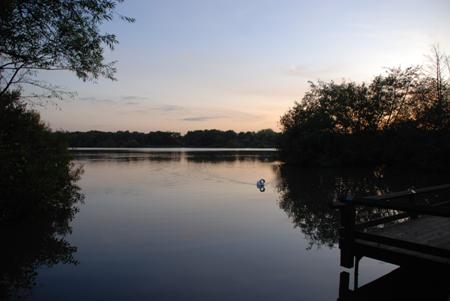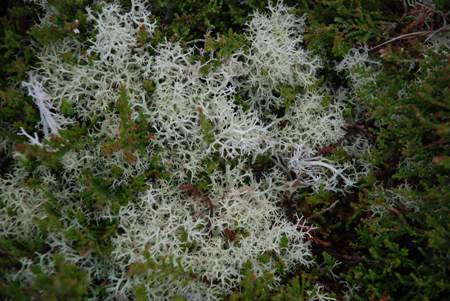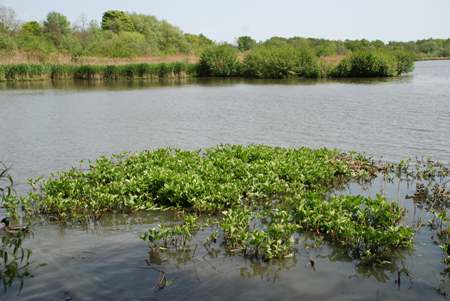
Michelle Salter writes:
On Thursday 17th September, Joanna Lawence (Fleet Pond Ranger) and Paul Hope (Basingstoke Canal Ranger and local bat expert) led a group of over 20 of us on an evening walk to look and listen for bats around the pond.
We walked up to the Dry Heath, where Paul talked about the 17 species of bat found in the UK and which ones we could expect to see at the pond. These included the pipistrelles, the Daubenton’s Bat, also called the ‘water bat’ as it feeds over water, and the Brown Long-eared Bat, known as the ‘whispering bat’ because of its very quiet echolocation calls. We could also expect to pick up the echolocation calls of passing Noctule bats at 25kHz as these can be picked up by bat detectors at a range of 200m.
The commonest bat in the UK is the pipistrelle; a single Common Pipistrelle can consume 3000 insects in one night. Its calls range from 40 to 60kHz, with a peak intensity of about 45kHz. Soprano Pipistrelles transmit at a higher echolocation frequency of about 55kHz.
Joanna handed out the bat detectors and some glow sticks for the children, and we headed into the woods to listen. All was quiet and very dark, so we made our way down to the marshy areas by the pony paddock. Here, we picked up the calls of both Common and Soprano Pipestrelles, and saw some movement but didn’t get a clear view.
Incidentally, as we made our way towards Boathouse Corner, we surprised a group of youngsters who had decided to pitch a tent by the side of the path. The Rangers pointed out that camping at the reserve is illegal (and you also run the risk of a large group of people with torches and bat detectors suddenly descending on you from the darkness of the woods).
On the jetty at Boathouse Corner, we picked up the calls of the Daubenton’s Bat at around 45kHz. We saw some movement over the water but didn’t get a clear sighting until we moved further along the path, up to the larger fishing jetty. Here, we could see the occasional Daubenton’s Bat suddenly swooping over the water to feed while the bat detectors still picked up strong calls from nearby Soprano Pipistrelles.
Daubenton’s Bats feed on insects by flying low over still or slow-moving water. They are also able to take prey directly from the water’s surface, using their large feet or their tail membrane as a scoop.
We had our best sightings from the jetty on the corner of Hemelite Bay, with the water illuminated by lights from the Waterfront Business Park. Paul shone his torch over the pond and followed the flight of a pair of Daubenton’s Bats, chasing each other across the water. It was a mesmerising sight, and despite the cold night we stayed for ages watching these fascinating creatures.
Photo credit: Michelle Salter
















